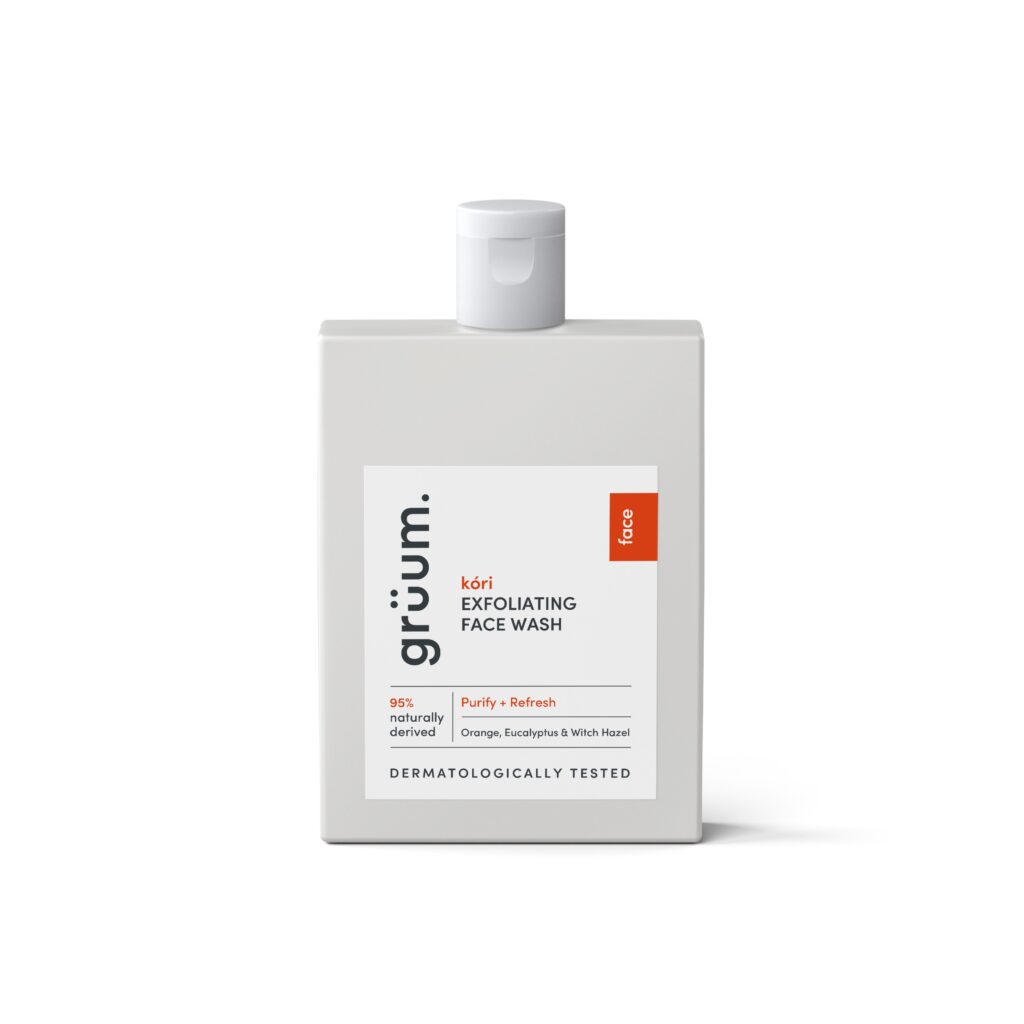22nd August 2018
For many people, dry skin can really disrupt their lives. It’s like your skin is just having a massive freak out about things and is refusing to calm down, and then that stresses you out, which causes your skin to freak out even more. A very vicious cycle. Things like eczema and psoriasis, in particular, can cause quite a lot of distress, and in some cases, these conditions may require medical attention. Hopefully, this article can help to some extent with these conditions as well.
Dry skin main symptoms:
- Rough or sandpapery skin
- A tight feeling
- Itchiness and flaking
- Peeling or scaly skin
Very dry skin can lead to the following:
- Redness
- Bleeding
- Hurt to the touch
But…. why?
There are various reasons your skin could be feeling sandpapery. Genetics, environment, the products you’re using, stress, allergies, and more. Extreme cases of dry skin are often linked with low or abnormal immune function and stress. Your body isn’t looking after your skin because it’s got something else distracting it. Things like an unhealthy gut, a bad diet and a stressful environment, in particular, can trigger dry skin problems.
Things to put in your face

Generally speaking, the recommended diet outlined in our main article is perfect for dry skin. Just to draw attention to a couple of beauties that are particularly good for you, as well as a few things to avoid.
- Probiotics and fermented foods – Kefir, yogurt, probiotic supplements, gherkins
- Prebiotics – Inulin is a prebiotic that encourages the development of good bacteria, it creates a place for probiotics to anchor in your gut.
- Raw organic honey – A great addition to your diet, acts as a soothing antibacterial agent and is an excellent sugar substitute.
- Ceylon cinnamon – A powerful antioxidant and anti-inflammatory spice, holding antifungal and antibacterial properties which can be particularly useful for those suffering from psoriasis.
- Vitamin D supplements – These can ensure normal immune system function. We make it ourselves in the sunshine, but in the rain… which happens a lot… you might want to stock up on some supplements. It can also help with anxiety and depression, reducing your stress levels.
- Stay away from nightshades – for those with psoriasis, some dieticians recommend avoiding nightshades, which include tomatoes, peppers and white potatoes.
Products to use… and how to use them
When showering or taking a bath, try to avoid bath salts and bubble baths as these can dry out and irritate your skin (If you love a bath, fear not – you’ll find a tip for a natural alternative below). Go for products that contain natural ingredients and are free from parabens, sulphates, artificial colours and fragrances, SLS, EDTA and petrochemicals (conveniently enough you won’t find these in any of our products btw). If you have particularly sensitive skin, maybe try switching to olive oil soap – a natural, gentle soap alternative derived (shockingly) from olive oil.
When it comes to dry skin, making moisturising a part of your daily routine is imperative. After every bath or shower, you need to get into the habit of moisturising your whole body. Look for an all-natural cream and if you feel uncertain, or are particularly sensitive, simply go for extra virgin coconut oil. It’s antibacterial and antimicrobial properties will help to heal your skin while moisturising.
Your face is a slightly different matter, and can sometimes require a lighter approach. To cleanse, we’d recommend splashing your face with warm water, then using a small amount of our exfoliating face wash, and massaging it gently into your skin, in circular motions. Rinse with warm water.

Our face wash contains witch hazel which is often used as a topical treatment for dry skin. Witch Hazel is a natural astringent and can help to soothe and heal broken and inflamed skin. The biodegradable beads will gently remove any flakey skin, and the Aloe Vera (along with a few other natural treats) will help you retain moisture.
Again, moisturising is very important after every cleanse. Our moisturiser kåre contains Chamomile which soothes and helps to heal the skin. It also contains Sage which is both antibacterial and anti-inflammatory, helping to heal and reduce redness. We recommend applying a generous dot onto the affected areas and massaging the cream into your face gently.
Homemade treatments
No.1 The Spicy Face Fixer
(A revitalising and soothing face mask)
Turmeric is a remedy that has been used for centuries to treat eczema, psoriasis, dry skin, wrinkles, dark circles and even acne – all this time we’ve been putting it in our faces, when we should have been putting it on them…
Ingredients
- ½ teaspoon turmeric powder
- ½ teaspoon organic apple cider vinegar
- 1 tablespoon of organic, raw, local honey
- ½ teaspoon milk or yogurt
- [optional] 1 drop lemon essential oil or fresh lemon juice for additional skin brightening
Directions
- Give your face and hands a refreshing wash, making sure to remove any makeup.
- Get yourself a jar or bowl, then stick all the ingredients in there and give it a shake or a stir until it’s all mixed together well. Be careful not to make it too thin, because it will drip unceremoniously all about your business.
- Apply your creation to your lucky face, avoiding your eyes.
- Sit back and relax for 15-20 minutes. Yeeeeaah.
- Rinse with warm water and pat dry – you can cover up any leftovers and keep in the fridge for when you next need a pick me up.
No.2: Quaker Soaks
(A skin replenishing bath sesh)
Oatmeal is great for the most sensitive of skin types as it holds anti-inflammatory properties. This means that oats can soothe irritation and treat inflammation – great for dry skin. It also acts as a gentle cleansing agent.
It’s time to grab your oats and head for the bathroom.
Stuff you’ll need
- 1 Cup of rolled oats or oatmeal
- A pair of thin tights that you’re happy to throw away
Directions:
- Get a pair of thin tights (that you’re happy to throw away) and pour one cup of oats/oatmeal into one leg of the tights.
- Use the other empty leg to tie the tights around your taps.
- Run a bath, ensuring that the water runs through the oaty leg.
- The bath water will turn a milky-white colour.
- Ensure that the oat-filled tights are fully immersed before you turn off the taps.
- Get yourself in the bath, and soak up that oaty goodness for 10 minutes or more.
- You can even untie the oat-filled tights from your taps and use them to gently massage and exfoliate your skin.
- Hop out when your done and moisturise generously.
Lifestyle

Life is a big pile of challenges and obstacles. If life wasn’t a bit of a challenge, it would be incredibly boring. But sometimes those obstacles can merge together and morph into a crazy mountain of problems that not even a guy covered in Gore-tex, with spikes in his shoes and his own miniature camping espresso-maker could conquer.
When these times come around, (and also generally in life really) you need to treat yourself well. Sometimes, the reason these obstacles look so intimidating is because your body is exhausted. And even when they are legitimately proper mad challenges; your body works best when it’s had a rest (nice little rhyme for you there). So here are a few tips to reduce those stress levels.
Exercise. While improving circulation and your body’s health in general, is great for your mental health and is proven to reduce stress. It gives you something else to focus on, a confidence boost in yourself and your abilities, and when you’re done getting all sweaty, you feel amazing because you’re full of endorphins. On yer bike pal!
Sleep. Getting a minimum of 7 hours sleep a day can make a huge difference to how stressed out you are. It gives your body a chance to repair itself, while allowing your brain to process the running commentary of your life. We all know how insane we can feel when we’re running on 3 hours of sleep. You might think you’ll get more done if you sleep less, but the quality of what your doing tends to drop quite dramatically when you’re knackered.
Try meditating. Give yourself 10 minutes a day of meditation. You can find various guided meditation videos on the internet, and you can download various apps as well. You’ll feel the difference when you stop for a little while and focus on the here and now. The breeze blowing on your face an that. Lovely stuff.
Keep a journal. This is a great way to keep track of any triggers that might be causing your dry skin. For example, maybe if you’d had some drinks the night before a flare up, or had a particularly stressful evening.



